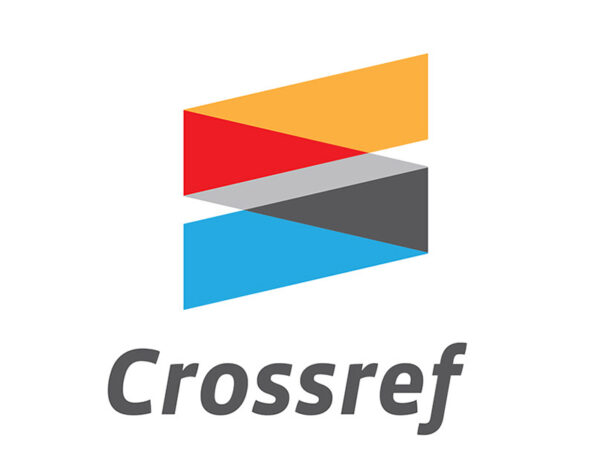Analyzing Student's Emotions in the Classroom: A Deep Learning Approach to Facial Expression Recognition
Abstract
Student success is a crucial metric for educational institutions, as it affects not only the individual student's academic and personal growth but also the institution's reputation, funding, and overall educational outcomes. Student failure is a common and concerning issue in educational institutions, often leading to significant academic and personal consequences. This research explores the potential of deep learning techniques to accurately predict student emotions and prognostication against failure, enabling proactive interventions. Prior studies in this field have mostly depended on conventional machine learning techniques to predict student performance and detect student risk, such as logistic regression and linear support vector machines. However, advanced techniques are frequently needed to capture the underlying patterns and correlations due to the complexity and richness of student behavior and performance. Within the field of artificial intelligence, deep learning has proven to be extremely effective in some applications, such as computer vision, generative AI, and natural language processing. Toward this goal, this research offers an extensive deep learning architecture that utilizes the vast data from the class environment to forecast student emotions more precisely and finely. For evaluating the above facts, the deep learning model CNN-LSTM is used to reveal an effective participation evaluation of students' attention and involvement during classroom sessions. By creating and assessing cutting-edge AI models that improve the precision, flexibility, and real-time capabilities of teaching aids, this research seeks to overcome these constraints. Furthermore, the proposed model demonstrates an accuracy of 91% making it a highly useable real-time application.
References
[2] Ramzan, M., & Dawn, S. (2023). Fused CNN-7LSTM deep learning emotion recognition model using electroencephalography signals. International Journal of Neuroscience, 133(6), 587-597.
[3] Febrian, R., Halim, B. M., Christina, M., Ramdhan, D., & Chowanda, A. (2023). Facial expression recognition using bidirectional LSTM-CNN. Procedia Comput. Sci, 216(2022), 39-47.
[4] Mellouk, W., & Handouzi, W. (2023). CNN-LSTM for automatic emotion recognition using contactless photoplythesmographic signals. Biomedical Signal Processing and Control, 85, 104907.
[5] Lasri, I., Riadsolh, A., & Elbelkacemi, M. (2023). Facial emotion recognition of deaf and hard-of-hearing students for engagement detection using deep learning. Education and Information Technologies, 28(4), 4069-4092.
[6] Singh, R., Saurav, S., Kumar, T., Saini, R., Vohra, A., & Singh, S. (2023). Facial expression recognition in videos using hybrid CNN & ConvLSTM. International Journal of Information Technology, 15(4), 1819-1830.
[7] Mohana, M., Subashini, P., & Krishnaveni, M. (2023). Emotion recognition from facial expression using hybrid CNN–LSTM network. International Journal of Pattern Recognition and Artificial Intelligence, 37(08), 2356008.
[8] Daniyal, S. M., Masood, A., Ebrahim, M., Adil, S. H., & Raza, K. (2024). An Improved Face Recognition Method Based on Convolutional Neural Network. Journal of Independent Studies and Research Computing, 22(1), 103-110.
[9] Abbasi, M. M., Daniyal, S. M., Abro, A. A., Hussain, D., Amjad, U., & Zahid, N. B. (2024). Applying Neural Networks to Predict Ventilator Demand: A Study of Pakistan's Healthcare Sector. VFAST Transactions on Software Engineering, 12(3), 217-229.
[10] Irshad, M. H., Ebrahim, M., Abro, A. A., Raza, K., & Adil, S. H. (2024). Detecting Shadows in Computer Vision: A MATLAB-Based Approach. The Asian Bulletin of Big Data Management, 4(1), Science-4.
[11] Abro, A. A., Sıddıque, W. A., Talpur, M. S. H., Jumani, A. K., & Yaşar, E. (2023). A combined approach of base and meta learners for hybrid system. Turkish Journal of Engineering, 7(1), 25-32.
[12] Chen, Z., Liang, M., Xue, Z., & Yu, W. (2023). STRAN: Student expression recognition based on spatio-temporal residual attention network in classroom teaching videos. Applied Intelligence, 53(21), 25310-25329.
[13] Jin, H., Du, R., Wen, T., Zhao, J., Shi, L., & Zhang, S. (2023). A classroom facial expression recognition method based on attention mechanism. Journal of Intelligent & Fuzzy Systems, (Preprint), 1-10.
[14] Daniyal, S. M., Abbasi, M. M., Hussain, D., Amjad, U., Abro, A. B., & Naeem, M. (2024). A hybrid approach for simultaneous effective automobile navigation with DE and PSO. VAWKUM Transactions on Computer Sciences, 12(2), 01-15.
[15] Ikram, S., Ahmad, H., Mahmood, N., Faisal, C. N., Abbas, Q., Qureshi, I., & Hussain, A. (2023). Recognition of student engagement state in a classroom environment using deep and efficient transfer learning algorithm. Applied Sciences, 13(15), 8637.
[16] Mohana, M., Subashini, P., & Krishnaveni, M. (2023). Emotion recognition from facial expression using hybrid CNN–LSTM network. International Journal of Pattern Recognition and Artificial Intelligence, 37(08), 2356008.
[17] Kaewkaisorn, K., Pintong, K., Bunyang, S., Tansawat, T., & Siriborvornratanakul, T. (2024). Student attentiveness analysis in virtual classroom using distraction, drowsiness and emotion detection. Discover Education, 3(1), 1-14.
[18] Daniyal, S. M., Hussain, S. M. T., Abbasi, F. L., Hussain, D., Abbasi, M. M., & Amjad, U. (2024). A Hybrid Deep Learning Model for Precise Epilepsy Detection and Seizure Prediction. Spectrum of engineering sciences, 2(3), 62-77.







